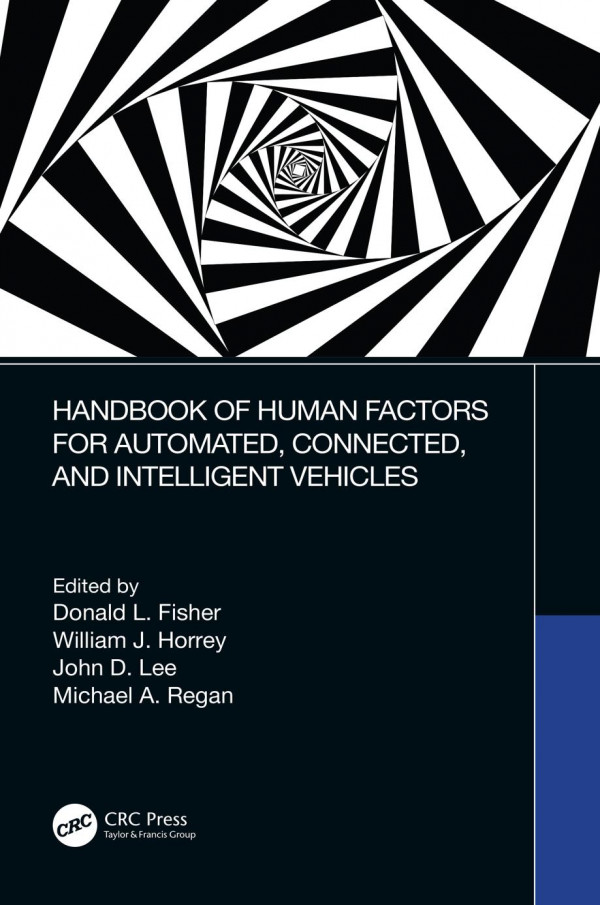

Most ebook files are in PDF format, so you can easily read them using various software such as Foxit Reader or directly on the Google Chrome browser.
Some ebook files are released by publishers in other formats such as .awz, .mobi, .epub, .fb2, etc. You may need to install specific software to read these formats on mobile/PC, such as Calibre.
Please read the tutorial at this link. https://ebooknice.com/page/post?id=faq
We offer FREE conversion to the popular formats you request; however, this may take some time. Therefore, right after payment, please email us, and we will try to provide the service as quickly as possible.
For some exceptional file formats or broken links (if any), please refrain from opening any disputes. Instead, email us first, and we will try to assist within a maximum of 6 hours.
EbookNice Team

Status:
Available0.0
0 reviewsSubject Guide: Ergonomics & Human Factors
Automobile crashes are the seventh leading cause of death worldwide, resulting in over 1.25 million deaths yearly. Automated, connected, and intelligent vehicles have the potential to reduce crashes significantly, while also reducing congestion, carbon emissions, and increasing accessibility. However, the transition could take decades. This new handbook serves a diverse community of stakeholders, including human factors researchers, transportation engineers, regulatory agencies, automobile manufacturers, fleet operators, driving instructors, vulnerable road users, and special populations. It provides information about the human driver, other road users, and human–automation interaction in a single, integrated compendium in order to ensure that automated, connected, and intelligent vehicles reach their full potential.
Features
Addresses four major transportation challenges—crashes, congestion, carbon emissions, and accessibility—from a human factors perspective
Discusses the role of the human operator relevant to the design, regulation, and evaluation of automated, connected, and intelligent vehicles
Offers a broad treatment of the critical issues and technological advances for the designing of transportation systems with the driver in mind
Presents an understanding of the human factors issues that are central to the public acceptance of these automated, connected, and intelligent vehicles
Leverages lessons from other domains in understanding human interactions with automation
Sets the stage for future research by defining the space of unexplored questions